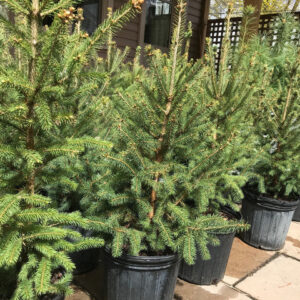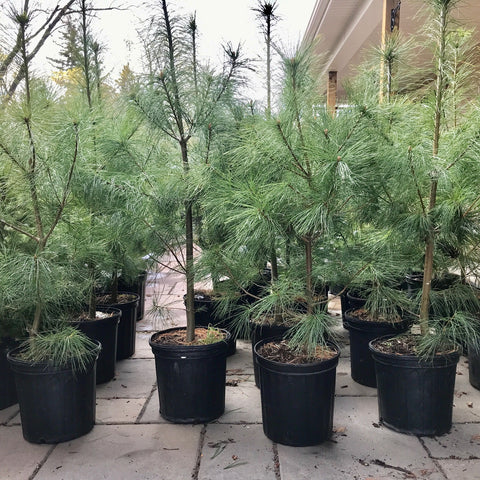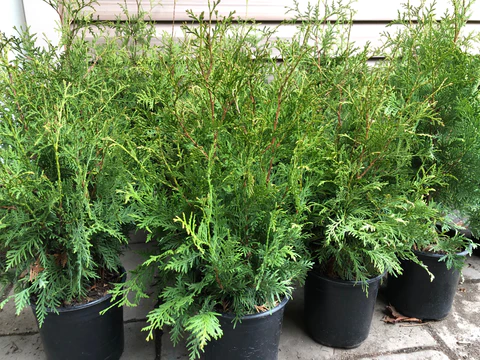

Why Plant Trees?
Planting trees has numerous benefits for both the environment and human beings. Here are some reasons why planting trees is important:
Carbon absorption: Trees absorb carbon dioxide from the atmosphere and release oxygen through photosynthesis. This process helps to mitigate the effects of climate change by reducing the amount of greenhouse gases in the atmosphere.
Biodiversity: Trees provide habitats for a wide range of animal species, which helps to maintain biodiversity.
Air quality: Trees can improve air quality by absorbing pollutants such as nitrogen dioxide, sulfur dioxide, and ozone.
Water conservation: Trees play a vital role in maintaining the water cycle by absorbing rainwater and reducing runoff, which can help to prevent soil erosion and protect water sources.
Aesthetic value: Trees can enhance the aesthetic value of an area and provide shade and cooler temperatures in urban areas, which can help to reduce the urban heat island effect.
Economic benefits: Trees can provide economic benefits through the production of timber and other forest products, as well as through tourism and recreation.
Overall, planting trees is essential for the health of the planet and its inhabitants, and it is an effective way to mitigate the effects of climate change, conserve natural resources, and improve the quality of life for people and wildlife.
Planting Native Trees in Halton Hills
White Spruce

Possibly the most common tree in Canada, found in every province and all territories. This speaks to the adaptability of White Spruce. Plant in full sun to part shade with enough room to express its Christmas tree (conical) shape. A medium-sized tree suitable for typical suburban yards, front or back. No need to amend the soil, simply plant your spruce into the ground. Remove a ring of sod around the trunk about 60cm in diameter and lay down a layer of fine mulch (pine needles or shredded bark/ leaves). Water well in the first two years.
White Pine

Ontario’s official tree is majestic in maturity. Its iconic form has been immortalized in Group of Seven paintings. Plant in full sun. White Pine can grow very tall. In fact, it’s the tallest tree in eastern North America. Choose the site with care, allowing space for growth. Though tall, its crown does not spread too widely in the manner of oaks or maples. White Pines are probably best suited for backyards since they are susceptible to road salt damage. Water well in the first two years especially during periods of drought.
Ponder that long after you’re gone, your White Pine could still be lending its beauty and majesty to the neighbourhood.
Cedar

Cedars like lots of sun and until established, lots of water. After planting, it should be watered every evening for 2-4 weeks. Your cedar will green your property all year long and attract seed eating birds. While cedars are often used in hedging and can be trimmed to shape, it may grow to 25-40 feet tall. Its lifespan can be well beyond 100 years.
TREES FOR HALTON HILLS
Halton Hills, Ontario
treesforhaltonhills@gmail.com


